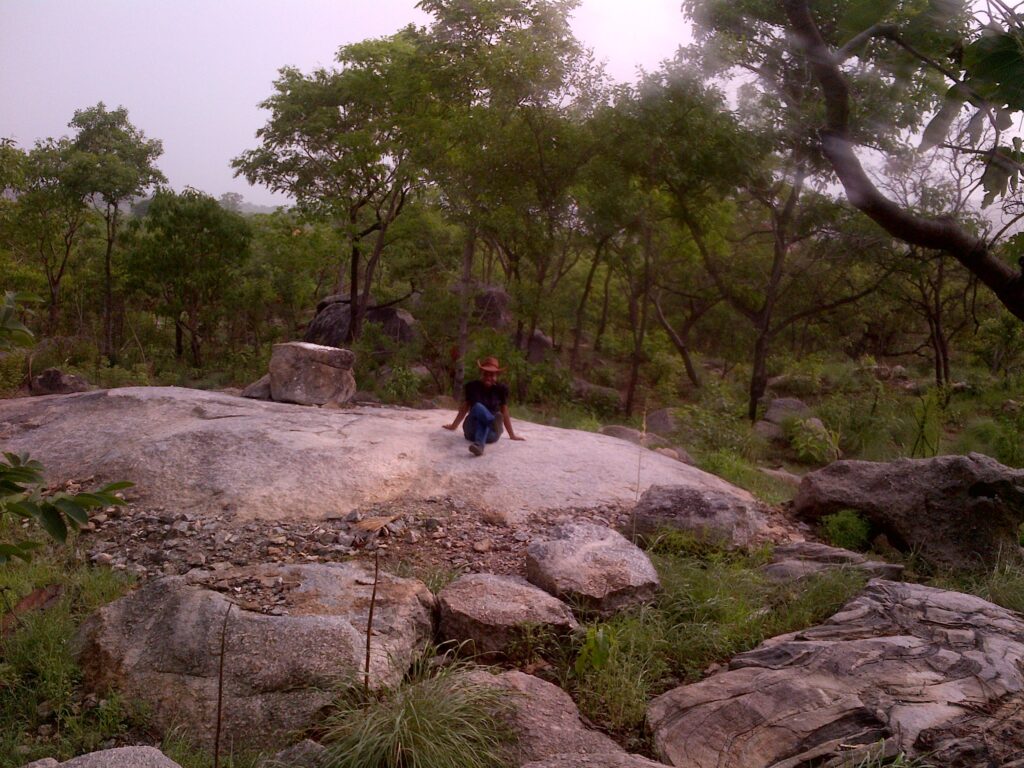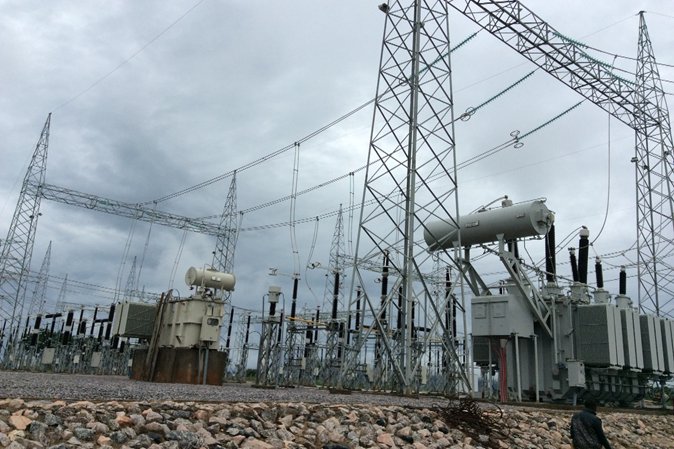When Ajaokuta is mentioned, people are quick to relate it to the Ajaokuta Steel Mill in Nigeria. Ajaokuta has remained relevant because of the facilities and infrastructure constructed within the major jurisdiction. However, the history of Ajaokuta can be traced to the late 1950s.
The town of Ajaokuta, which is located in Kogi State in Nigeria, sits on the left bank of the Niger River. The local government’s administrative centre is in the southern town of Egayin. History has it that there is only one river that connects the town to the Nigerian railway network.
According to history, a contract was given in 1987 for the construction of a standard gauge railway that would run from the Itakpe iron mines to the Ajaokuta steelworks and then on to the port city of Warri on the Atlantic Ocean. As of August 2017, there are still gaps in the Warri-Ajaokuta-Itakpe line, and the portion from Itakpe to Ajaokuta has been vandalized. The railway will be fixed and placed into use by the Nigerian government in June 2018.

Following a political struggle between the Igalas and the Ebiras in 1750, the Ebiras moved to the Itobe section of the River Benue, which is six kilometres away from modern-day Ajaokuta. However, history has it that there were some Igala people who settled around the Ajaokuta/Itobe river ridge. They sell fish to the Ebiras and other nearby settlements and tribes. The few Igalas who have also settled in this area are fishermen.
The Igalas later gave the adjoining fish market the name “Ajaokuta.” In the Igala language, “Aja” denotes a market, and “Okuta” denotes a stone. The derived word, Ajaokuta, is best translated literally as a market close to the stone. On the other hand, the Ebiras were warriors and hunters during this time.
Ogido, however, believed that the Ebiras arrived in Itobe/Ajaokuta (ette ube) first, under the guidance of the then-Atta of Igala country. To this end, contrary to Ebiras’ erroneous assertion that Aja-Ekuda was the meaning they had given the current Ajaokuta at the time, they were unable to maintain their position.

Ajaokuta Steel Mill
Ajaokuta Steel Mill is the largest steel mill in Nigeria, and the coke oven and byproducts facility is bigger than all of Nigeria’s refineries put together. The construction of the steel mill, which is on the 24,000 hectare (59,000 acre) complex, began in 1979. The project, nevertheless, was poorly maintained, and it is still unfinished 40 years later.
However, when people became more aware of the iron ore resources in Agbaja, Udi, and other parts of the nation, the focus eventually shifted to developing an integrated steel mill. The late Tafawa Balewa and the late Nnamdi Azikiwe, between 1960 and 1966, solicited and accepted proposals from international companies, including those from the UK, the U.S., Germany, and Canada, the majority of which were about the viability of creating steel complexes.
As a result, the government’s efforts were predicated on the utilization of iron resources in Agbaja and Udi, which were later shown to be unsuitable for direct reduction. They did not produce any appreciable positive results.
According to history, first given to the British, a feasibility study for the manufacturing of steel was later carried out by the Soviet Union as part of a partnership with Nigeria. Soviet experts suggested Nigerian iron ore prospecting in 1967 since the known resources were of insufficient quality for steel production. In 1973, iron ore of the necessary calibre was found in Itakpe, Ajabanoko, and Oshokoshoko.
Thus, the Ajaokuta Steel Company Limited was established in 1979, and in 1994, 40 of the facility’s 43 plants had been constructed, bringing the steel mill’s completion rate to 98 per cent. Ajaokuta Steel Company Limited (ASCL)/NIOMCO, Delta Steel Company (DSC), and other companies were founded and incorporated as limited liability companies in 1979 under Section 2 of National Steel Council Decree No. 60 on September 19, 1979.

Former President Shehu Shagari laid the cornerstone for an integrated steel mill at Ajaokuta in 1980, which was constructed on 800 hectares of expansive greenfield land. Thus, there are four different kinds of rolling mills used by the steel industry inside the factory, including a mill that makes billets and a mill that makes round, square, strip, and angle metals.
The Medium Section and Structural Mill manufacture parallel flange channels, equal angles, unequal angles, and standard channels. The Wire Rod Mill manufactures wire rods and rebars used in construction firms as well as nails, fencing wire, rope mesh, bolts, and nuts.
The coke oven and bye products plant is larger than all four of Nigeria’s refineries combined, and the four rolling mills are larger than the combined rolling mills in Aladja, Osogbo, Katsina, and Jos.
A contract for the construction of Nigeria’s first standard gauge railway, running from the iron mines at Itakpe to the steel mill at Ajaokuta and on to the Atlantic Ocean at Warri, was awarded in 1987 in order to connect the Ajaokuta Steel Mill with the global market and supply it with raw materials.
Both initiatives, however, have poor management. Four decades after construction started, the Ajaokuta Steel Mill was still under development. The Nigerian government regained control in 2016 after multiple failed privatization attempts.

By December 2017, reports revealed that not a single sheet of steel had been manufactured at the Ajaokuta Steel Mill. In order to produce iron rods and perform small-scale fabrication, the light mills were ultimately put into service in 2018. The internal railway and the large-scale equipment have both been abandoned, along with three-quarters of the facility.
A section of the Warri-Itakpe Railway was vandalized and fell into ruin. The China Civil Engineering Construction Corporation and Julius Berger were given contracts by the Nigerian government in 2016 to repair and finish the railway. Test runs started in November 2018, and President Muhammadu Buhari formally opened the railway on September 29, 2020.





